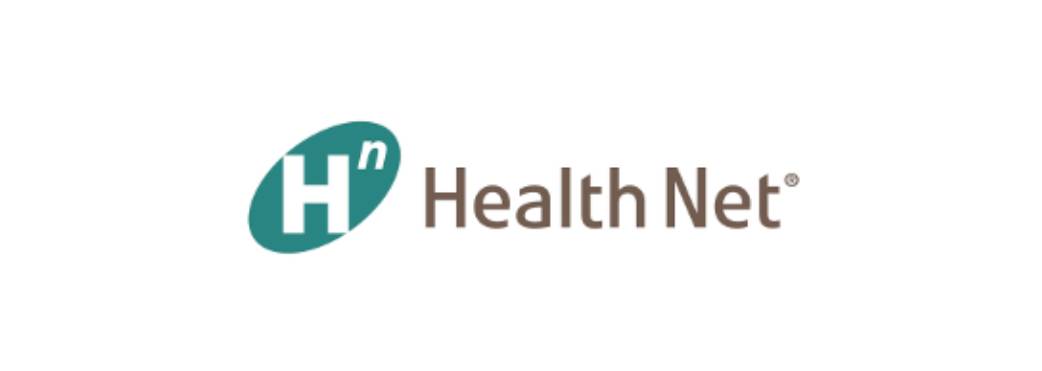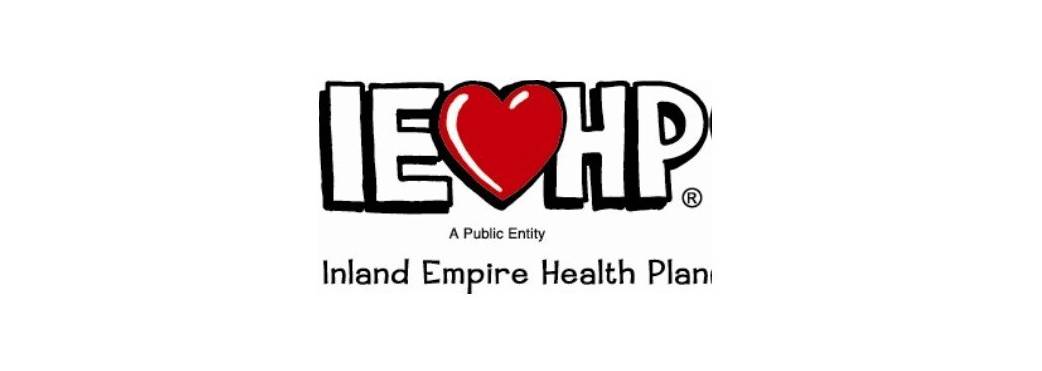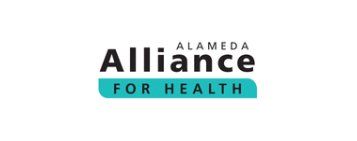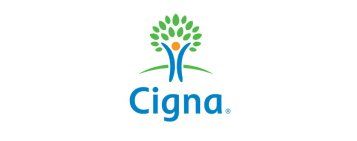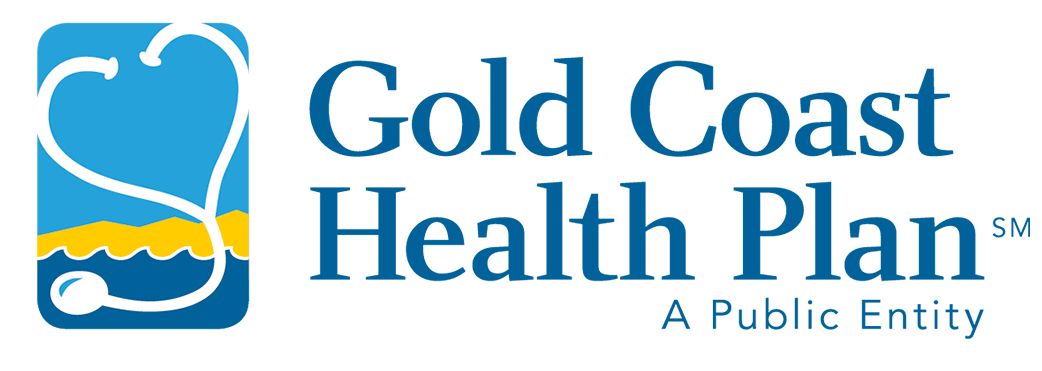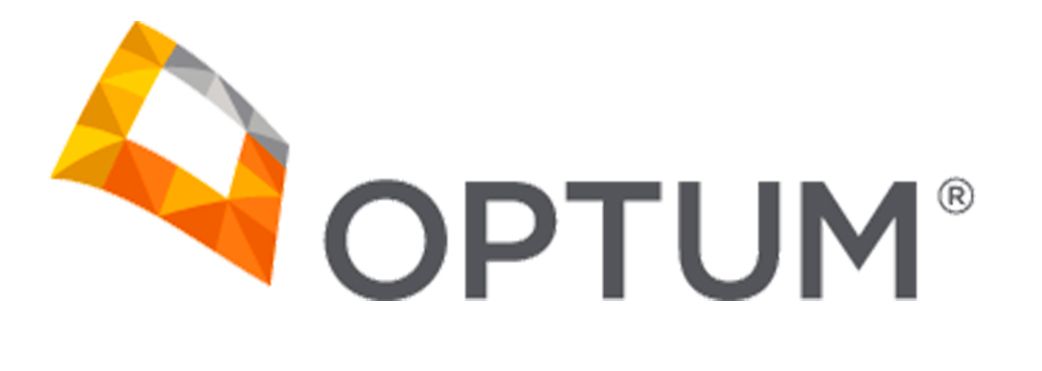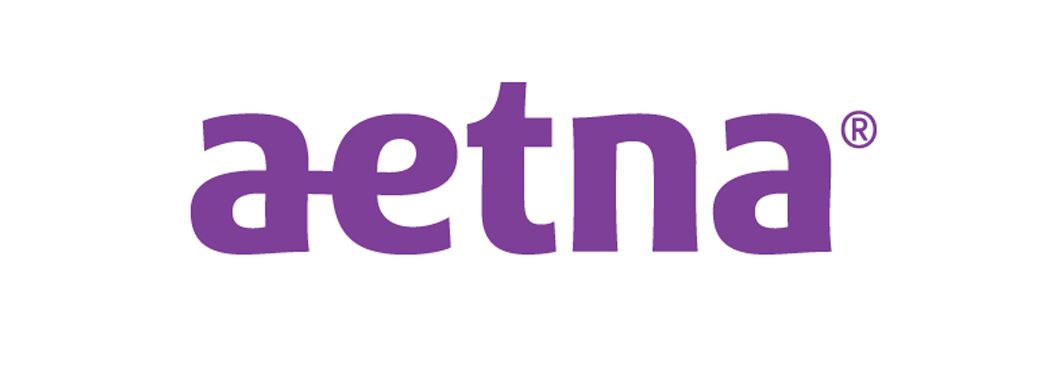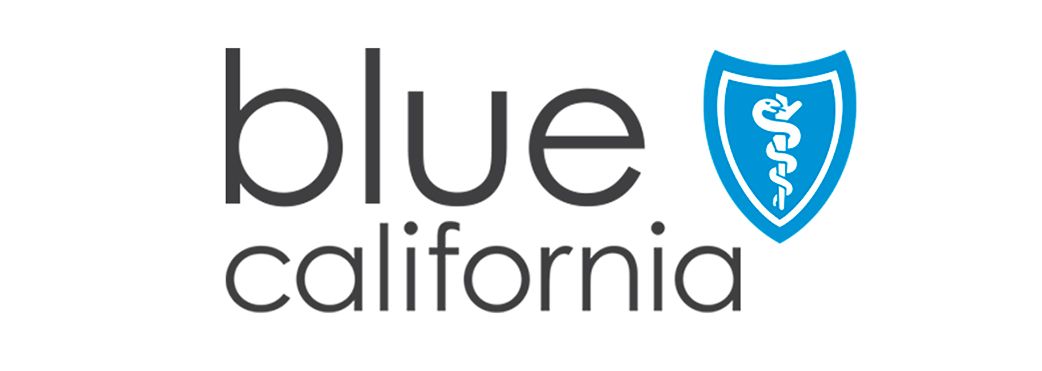Intensive ABA Therapy (Youth Age Group)
Most children with ASD require intensive ABA therapy for the best gains and to improve their skills and behaviors. At ICAN-B, we strongly believe that the intensity (e.g., hours) of ABA therapy should be based on the child's needs. In other words, some children might need more hours of ABA therapy and some children might not. Many factors come into play when determining the intensity of ABA hours for your child. A number of assessment tools might be used in our FBA interviews, for example:
These factors include:
- Your child's functioning level
- Severity of challenging behaviors
- Age
- Child's availability
- Family availability.
Each child with ASD is unique. They tend to have their own strengths and weaknesses. For example, one child might learn faster in a structured environment and another child might learn quicker in a looser and more natural environment. With that bear in mind, ICAN-B thus utilizes a combination of different ABA teaching approaches in our therapy. In general, our teaching approaches can be broken down into two subtypes:
- 1) Discrete Trial Teaching (DTT), which commonly known to be a more structured type of teaching approach and
- 2) natural environment teaching (NET), which commonly is seen as a looser and play-based type of teaching approach. DTT is a teaching approach developed by behavior analysts basing on the principles of Behavior Analysis. It breaks skills down into short and simple tasks to make the learning process easier and faster for the child. On the other hand, NET is also a teaching approach that is developed basing on the principles of Behavior Analysis. However, the focus of NET is to utilize naturally occurring opportunities or to contrive teaching opportunities in the child's environment to achieve teaching purposes.
Below is an info-graphic to illustrate the differences between the two approaches:
| Teaching Methods | Structure: |
|---|---|
| Discrete Trial Teaching (DTT) | Repetition of questions, immediate prompting, fast Pace Instruction, and immediate reinforcement. |
| Teaching Methods | Structure: |
|---|---|
| Natural Environment Teaching (NET) | Learner Led Instruction, based on learner interest, and contact with natural contingencies/reinforcement. |
ICAN-B's Supervision Model
At ICAN-B, the clinical team emphasizes the need to ensure our members are receiving the appropriate clinical support. Quality is essential for the development and growth of our members. Below is a breakdown of ICAN-B's clinical model:
| ICAN-B Position | Certification: |
|---|---|
| Regional Director | BCBA-D |
| Clinical Director | BCBA |
| BCBA Supervisor | BCBA |
| Case Manager | Master Level |
| Behavior Technician | RBT/ In Process of RBT |
With Majority of Funding Sources, we provide a combination of the following service lines:
Services Types
| Service Type | Who Provides this service type? | Frequency of Service Type: | Location of Service Type: |
|---|---|---|---|
| One to One Direct ABA Therapy | Behavior Technician | 5-6 Times per week (2 - 3 Hours Per Session) | Home/Clinic |
| Supervision | BCBA Supervisor/Case Manager | 1-2 Times Per Week (2 - 3 Hours Per Session) | Home/Clinic |
| Parent Training | BCBA Supervisor/Case Manager | 1 Time Per Week (1 - 2 Hours Per Session) | Home/Clinic |
| Social Skills Sessions | Behavior Technician | 1-2 Times Per Week (2 - 3 Hours Per Session) | Clinic |
Behavior Reduction
All behavior reduction plans consist of:
Proactive strategies, teaching replacement behaviors, and reactive strategies.
The ICAN-B clinical team conducts assessments to ensure a function-based intervention is designed.
| Process for Behavior Reduction |
|---|
| Step 1: Functional Behavior Assessment (FBA) |
| Step 2: Identify Functions |
| Step 3: The ICAN-B clinical team probes the proactive, replacement behaviors, and reactive strategies to ensure strategies are effective in managing problem behaviors. |
| Step 4: Once ICAN-B clinical team has successfully identified the proper plan, then parents/caregivers will be included in the training process to ensure maintenance and implementation of the plan. |
| The clinical team will weekly analyze the data collected during sessions to ensure the proper progress is made. |
Timeline of Services
- 1 Phase Assessment
- 2 Phase Wait for Authorization
- 3 Phase Scheduling and Clinical Team work on assigning team
- 4 Phase Meet & Greet with Clinical Team at the clinic
- 5 Phase Services Begin
- 6 Phase Reassessment every 6 months (Semi-Annual Review with Parents)
- 7 Phase Fade out of Services
- 8 Phase Graduation
If you would like to seek ABA services with ICAN-B, we are contracted with the following funding sources:

